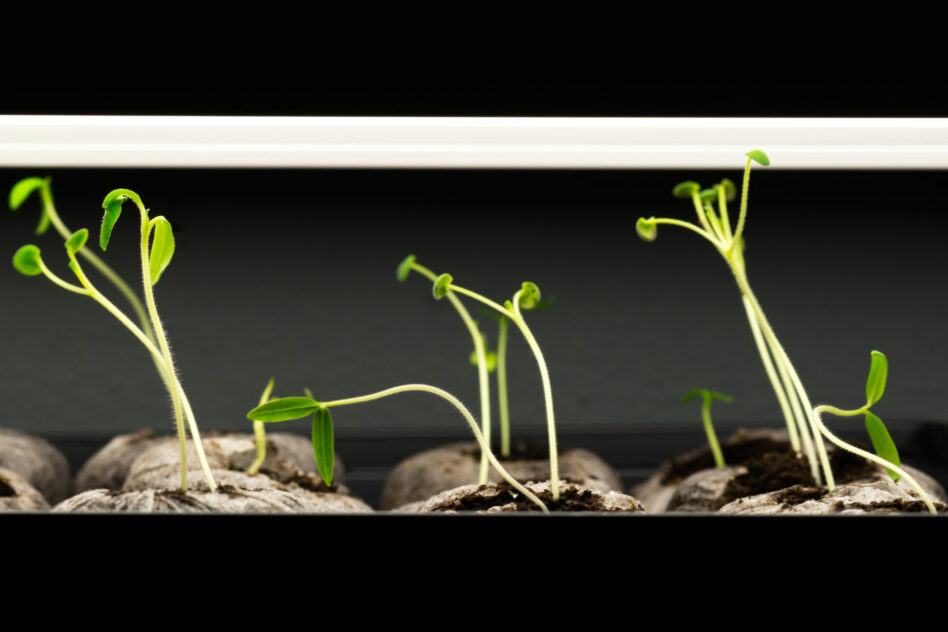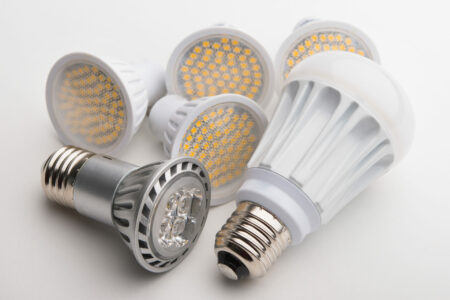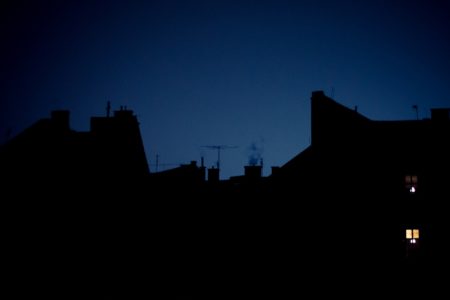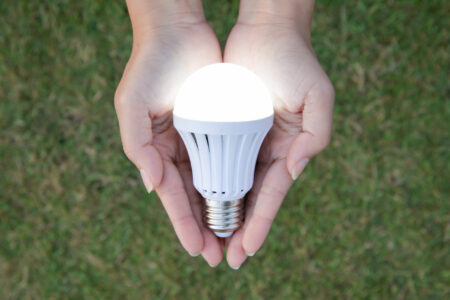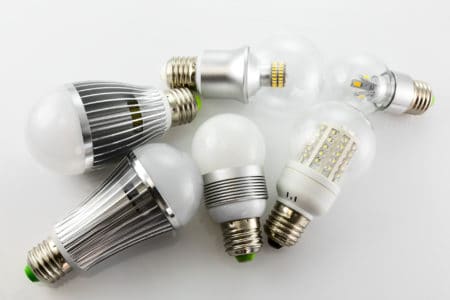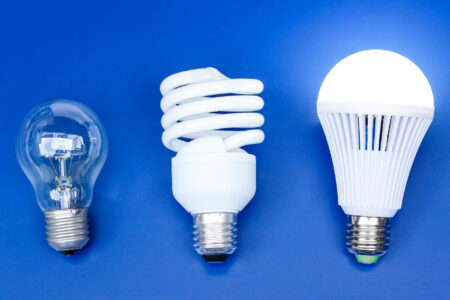If you ever want to grow plants during winter, you should consider using alternative plant lights. Plant grow lights come in various types depending on your environment. Read on to find out the best option for your plants so they can also grow in winter.
What Are the Different Types of Plant Grow Lights?
There are different factors to consider when choosing the plant grow light that’s best suitable for your plants. These include electric circuitry preferences, efficiency, light intensity, luminous flux, temperature preference, and room size. The type of light can even depend on the type of plants you’re growing.
Growing plants during the winter can be challenging since light and heat play a crucial role in their growth. That’s why using the appropriate plant light goes a long way in helping your plants grow in such an unideal environment.
Here are some of the different plant grow lights that you can choose from:
Incandescent Lights
Incandescent lights usually come in rounded bulbs and have stems screwed into a socket. These lights use a very thin filament inside the glass chamber to produce heat, creating light.
Though the heat from incandescent lights might regulate the coldness brought by winter, it’s not advisable to be used near plants.
Incandescent lights may overwhelm plants in their dormancy period. This disruption may cause the plant to resist its natural dormancy phase and fail to sustain its needs.
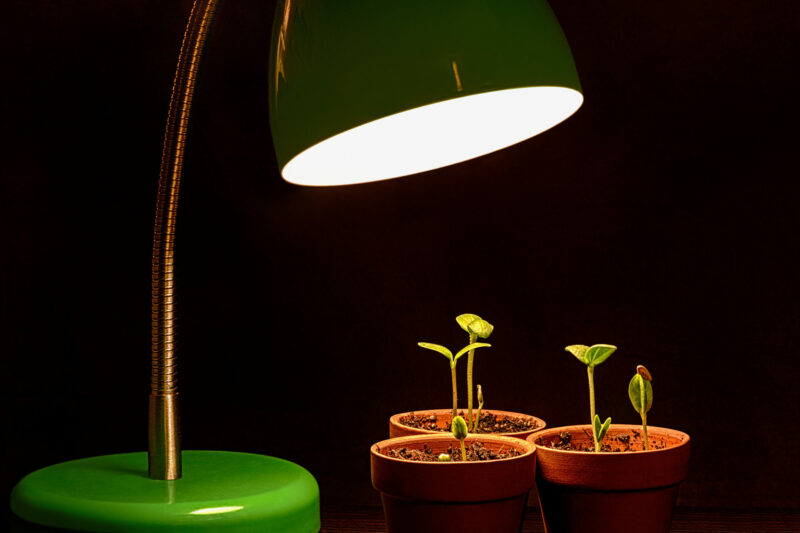
Lumens
The average incandescent light bulb (14V) usually used at home produces 14 to 16 lumens per watt. Such luminous flux is significantly low compared to other light bulbs sold.
Some high-end incandescent lights can produce up to 20 lumens per watt. However, this compromises the relatively short longevity of the light bulb.
Where to Use Them?
Due to the low rate of luminous flux and short longevity, it isn’t a suitable plant grow light.
The concentrated heat produced by incandescent lights can also quickly dry out plants and even burn them. However, they can still be used as alternative lighting during winter, given that you should constantly attend to the plant.
Activities requiring concentrated lighting for a very short time usually use incandescent lights. It isn’t advisable to be used as an alternative light during the winter as the heat combined with the soft humid breeze of the season may completely dry out the plant.
Light Emitting Diodes (LED) Lights
One of the most common light sources you’re probably familiar with is LED lights. These lights incorporate diodes and terminal pins, emitting light beams inside a transparent plastic case.
According to this study using LED lights as an alternative plant lighting system is also feasible. A downside of using LED light is that it’s far from mimicking the light energy the sun brings.
It may compensate for the lack of light energy during the winter season. However, it may not optimally provide the needs of a plant, especially the temperature regulation during winter.
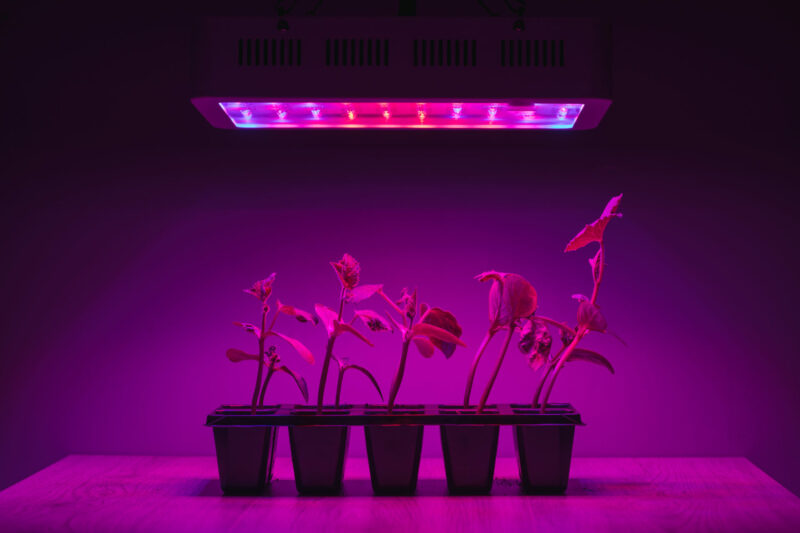
Lumens
The standard LED lights used at home usually emit 75 to 110 lumens per watt. This rate is significantly higher than that of incandescent bulbs and fluorescent light, which makes LED lights more efficient.
The lumens of an LED light will also depend on the color. Some parts of the bulb allow the concentration of colored lights. However, color-concentrated LED plant light might suppress other light colors that are pivotal for plant growth.
Where to Use Them?
If you use LED lights as plant grow lights, you should consider having them in small rooms. Indoor green spaces that are at most 3 x 3 m in size can efficiently utilize the light energy the LED lights give.
High-Intensity Discharge (HID) Lights
HID lights are light fixtures that produce highly concentrated lights. This light energy may be too powerful for plants to cope with.
Having high-intensity discharge lights as your plant grow light may quickly dry out your plants to a crisp. That’s why using HID lights may not be the best option during winter.
Lumens
High-intensity discharge lights emit about 2000 to 3500 lumens per watt, which makes them shine brighter than regular LED lights.
Some HID lights can shine at a rate of 7000 lumens per watt. This massive amount of luminous flux is already dangerous to the naked eye.
Where to Use Them?
HID lights with extreme luminous flux might not be ideal plant grow lights, especially during winter. Intense luminosity is a product of high temperatures, which might harm the plant.
Using HID lights in large greenhouses is possible since the ample space should compensate for the intense temperature. However, you should also consider the low humid breeze of winter that may dry out your plants.
That’s why it’s best to use humidifiers to complement these types of alternative lighting.
Fluorescent (CFL) Lights
Fluorescent lights are thin light fixtures that are also used as plant growth lights.
CFL lights use ultraviolet light to illuminate the phosphor powder inside the glass tube. This UV light mimics the sun’s properties, making it the best alternative lighting system for plants during winter.
If you are also growing temperature-sensitive plants, it’s best to opt for fluorescent lights. CFL lights don’t influence the ambient temperature much compared to other light fixtures.
You regulate the ambient temperature by choosing the sizes of CFL lights that are compatible with the size of your planting room.
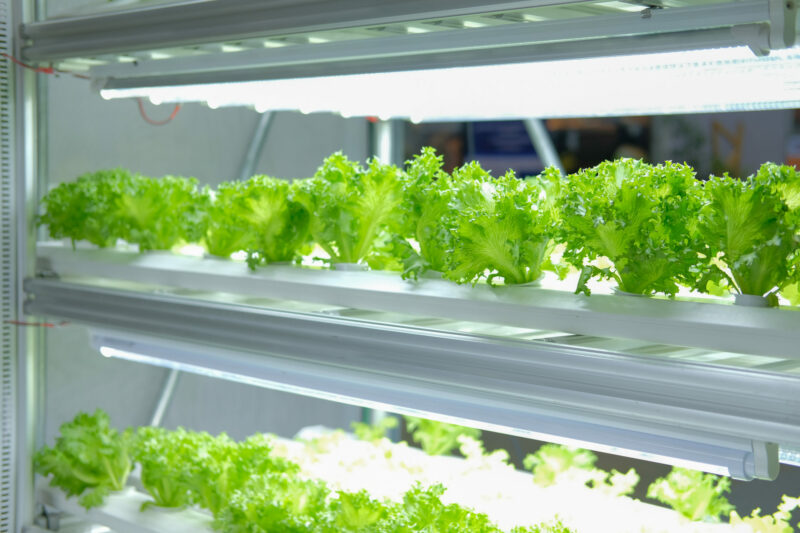
Lumens
Home CFL lights commonly produce about 50 to 70 lumens per watt, depending on the brand. This is efficiently higher than that of incandescent light bulbs, which makes it a more economical option.
Though some CFL lights can go up to 140 lumens per watt, it isn’t advisable for sustainable plant growth. Such lights with relatively higher luminous flux are susceptible to overheating and may do more harm than good for your plants.
Where to Use Them?
Fluorescent lights are commonly used as plant grow lights. They give off the right amount of light energy necessary for plant growth.
You may use CFL lights in average-sized rooms where plants can optimally absorb light. These lights can be fixated near exposed plants since they aren’t susceptible to overheating.
